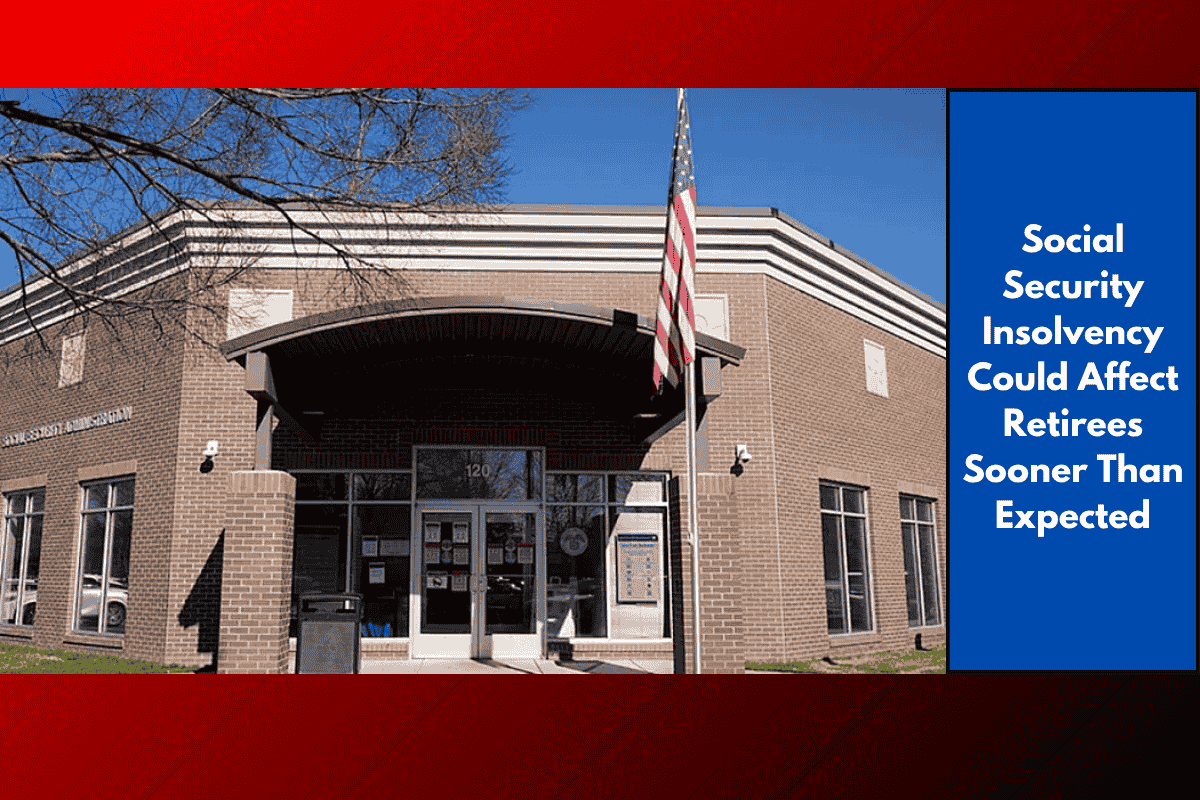Recent tax changes have sped up the financial decline of Social Security, and retirees could see the effects in less than a decade.
Impact of the New Tax Law on Social Security
The One Big Beautiful Bill Act (OBBBA) has lowered income tax rates and expanded deductions, especially for older adults. While these changes are popular in some areas, they’ve added about $168.6 billion in costs to Social Security, which has caused the trust fund’s insolvency date to move from late 2034 to early 2034.
What Insolvency Means for Retirees
If Social Security becomes insolvent, it won’t be able to pay full benefits and will only cover what it receives in taxes. This would mean a 24% cut in benefits starting in 2034 if nothing is done. Middle-income households could lose up to $18,100 annually, while single-income households might lose about $13,600 per year. Higher-income households could face losses up to $24,000 annually.
The Crisis Affecting Millions of Americans
More than 62 million Americans rely on Social Security, and most of them are retirees with no other major sources of income. These cuts could lead many into poverty or force them to depend on other programs like SSI. If no action is taken, the cuts could go beyond 30% by the end of the century.
What Can Be Done to Fix Social Security?
Experts warn that ignoring the problem will lead to automatic cuts. Possible solutions include raising the retirement age, increasing Social Security’s income tax cap, or changing the benefit formula. However, these options require political support, which has been hard to achieve.
The Urgency of Action
The insolvency of the Social Security trust fund is coming sooner than expected. With less than a decade left to act, lawmakers must address the issue now. Millions of retirees and future beneficiaries face an uncertain future, making it critical for citizens to demand real solutions to protect Social Security.














